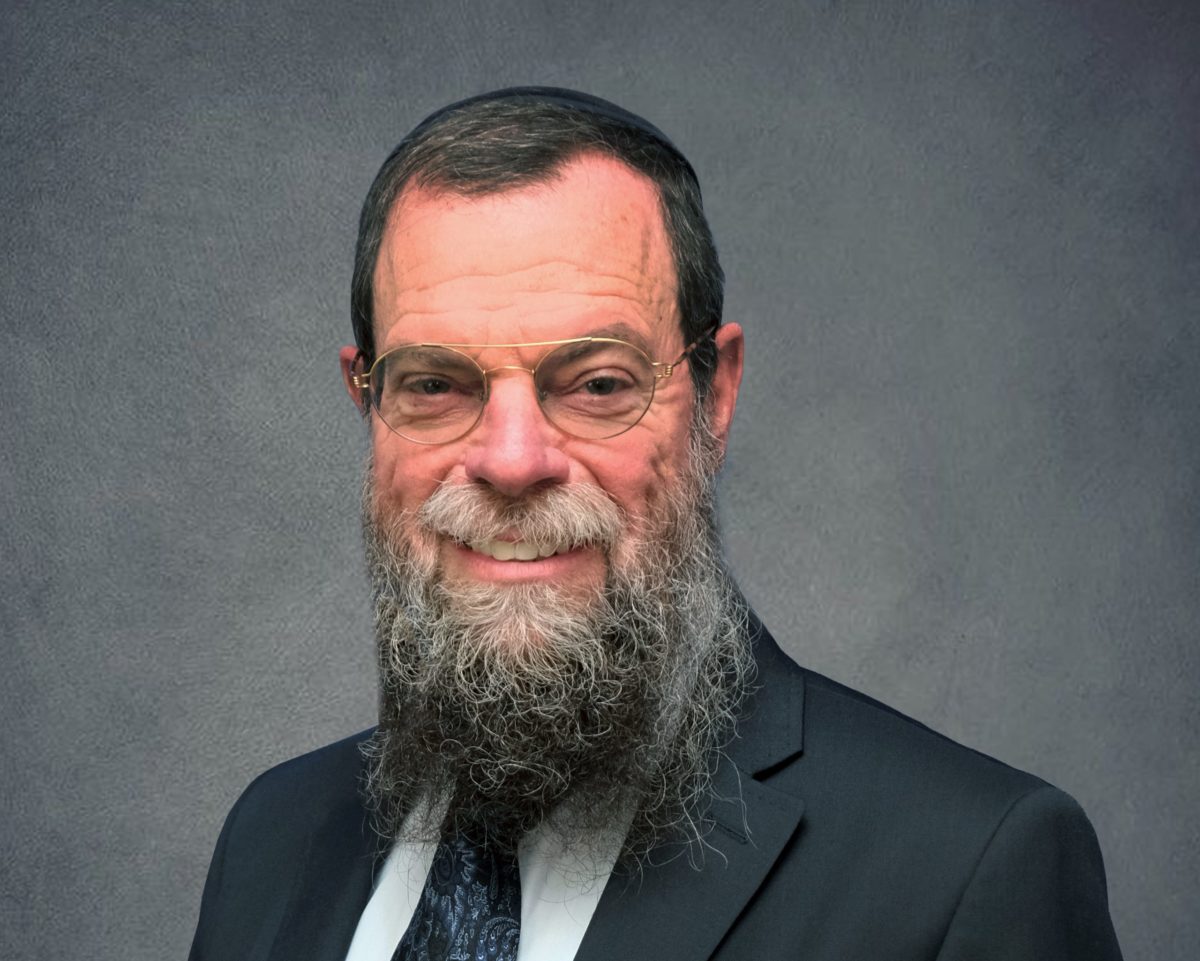
Religion

Heads Up
Perspective. What a difference it makes. How we look, where we look, and the way we look at things always colours our impressions.
In this week’s parsha, the word “Ur’eetem” (And you shall see) occurs twice. The first is at the beginning in the story of the spies sent by Moses to investigate the Promised Land, and the second is at the very end, in the chapter of Tzitzit.
In the first verse, Moses instructs the spies, “And you shall see the land, what is it … are the people strong or weak … is the land fertile or lean … are the cities open or fortified?” In the second verse, we’re commanded concerning the fringes on our tallit and told, “And you shall look upon them and remember all the commandments of G-d and fulfil them.”
The same words, “And you shall see”, is used both times, yet look at the stark contrast between these two chapters. The first time, with the spies, it turned tragic. Their negative report of the Promised Land caused the people to cry for no good reason, and G-d said that day would become a day of “weeping for generations”. Indeed, it was Tisha B’Av, and the resulting 40-year delay in entering Israel was to be the first of many national calamities to befall our people on that same day. The second time, however, it’s a good thing. Looking at the tzitzit fringes is a way to remember all G-d’s commandments and to observe a G-dly life.
It all depends on how we look at things, and where we go looking. To see the land is to see earthiness, a materialistic perspective. To see tzitzit is to gaze at a mitzvah of G-d, a heavenly perspective.
I remember one of my esteemed teachers in yeshiva once waxing lyrical on the difference between a human being and an animal. The animal was created in a horizontal line. The cow, naturally, looks downward at the grass. Munching grass is its full-time occupation. Ever see a cow looking up at the sky and pondering the meaning of life? Human beings, however, were created in a vertical line. It’s much easier for humans to look upward, to be pensive, thoughtful, and to contemplate things higher and meaningful.
To be people of vision we must look upward. There’s a higher purpose to life. There’s a deeper meaning to what meets the eye. The whole concept of Kabbalah and mysticism is based on the principle of the metaphysical that there’s not only the self-evident body but also the invisible soul; not only the universe but also a cosmic plan and a profound reason for every experience in life, whether it be obvious to us or not.
If we only look at the land, at the earthly and material, the world is crass and careless. But when we lift our heads heavenward, we see so much more and can discern the wood from the trees, the lofty from the low.
I guess where you look will always determine what you find.










